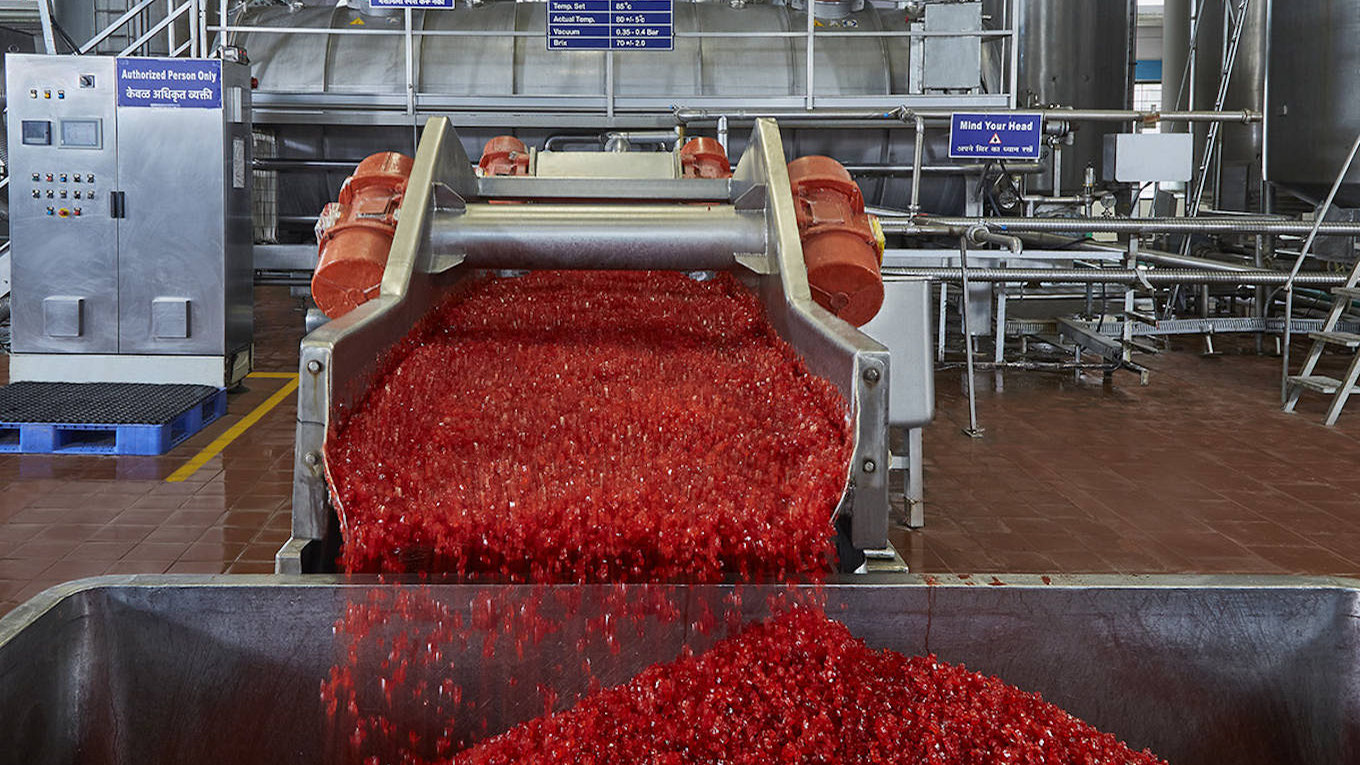From a ‘largely on-the-table’ company to products for the kitchen has been a journey to get a larger part of the pie has enabled Nilon’s to grow from mid-single-digit EBITDA – earnings before interest, taxes, depreciation and amortisation - to mid-double-digit, says Dipak Sanghavi, managing director of the Jalgaon, Maharashtra based company. “Ten years ago, we had a fair amount of width, depth and velocity in our key category of pickles, which is not a very large market in India,” he explains, pointing out that this category, together with jam and ketchup, accounts for only 5 per cent of the average Indian consumer’s spend on processed food. Items like spices, ginger garlic paste, pasta and noodles, on the other hand, take up seven times this: a good 35 per cent. This, obviously, was where the company should be. “We have achieved a turnover of Rs452 crore, which is less than half the target of Rs1,000 crore we had set for 2018,” adds Nilon’s director and CEO Rajheev Agrawal. “But we have outpaced all our peers.” The jump in profits, however, is a statement of purpose: that it has realigned its path and is on target to achieve a 40 per cent growth in the current financial year, up from its CAGR of 27 per cent over the past 16 years since he joined. “The earlier target was not achievable if we stuck to the path on which we were,” explains Agrawal, whom the MD credits with leading the company’s growth from a small, Rs8-crore unit even four decades after his late father Suresh B. Sanghvi founded it in 1962. He therefore decided to do away with the products and packs which brought in lower margins, like the 5 kg jar of pickles for institutional buyers and the 20 kg bag of pasta and vermicelli which were unpacked and sold loose in grocery shops. As part of the new push for products that had higher profit margins, Nilon’s introduced a number of new items, keeping pace with the changing consumer demand: masalas pasta, noodles and chowmein, as well as for traditional Indian favourites like pao bhaji and chaat. It also has a range of chutneys, ketchup and sauces in 90 gm squeeze packs. The product for which the company was best known, however, has fallen to account for only 8 per cent of its sales. The sweetened and coloured little cubes of preserved papaya that give their taste to fruit bread, cakes and the famous fruit biscuits made by Karachi Bakery in Hyderabad, Telengana. The delicacy, formally named ‘candied fruit’, rolls off a fully automatic candying plant imported from Italy at the rate of 30 tonnes per day (tpd). “Karachi Bakery buys four truckloads every month,” Agrawal says. “We also export a lot of it.” At Cimei Food Ingredients Sdn Bhd in Malaysia, which buys 17 fcl (full container loads) – 540 tonnes - a year for re-export to its food product customers in different parts of the world, procurement managerHo Suck Fen says they have been buying the product since 2011. “We had tried with a few other manufacturers from India but they either had quality issues or did not make the shipment as per our request,” she says. “So it was always a very chaotic situation to work with. With Nilon’s, our shipments and requests are handled very smoothly and any issues are settled very efficiently. The quality is good and our customers are happy with the products. Nilon’s is a good supplier to work with.”
-

The fully-automatic candying plant rolls out 30 tonnes of tooti fruity every day



































